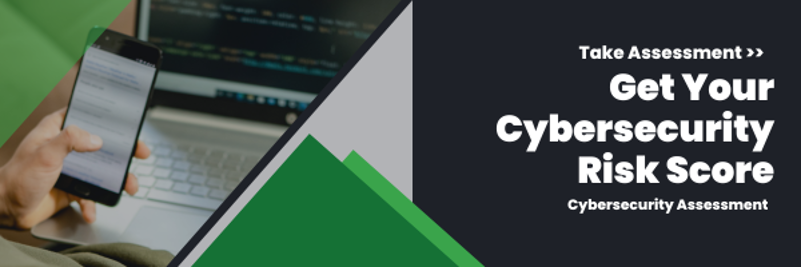Human error is an inevitable aspect of any workplace, and yet, its impact on IT systems can be catastrophic – some studies show that 95% of data breaches occur from human error. Despite advances in technology, automation and cybersecurity, the role of human error in breaches, system failures and data loss remains significant, as it can unintentionally expose businesses to costly disruptions.
Understanding common user errors in IT and strategies for mitigating and preventing them can help minimize disruptions and optimize productivity.
The Common Types of Human Error
Common examples of human error include:
- Data entry mistakes: Incorrect data input and processing can corrupt data sets or skew analytics, leading to billing errors, system malfunctions and misinformed decision-making.
- Misconfigurations: Incorrect settings or updates in servers, networks, software, hardware or applications can open the door to security vulnerabilities, system failures and downtime.
- Phishing attacks: Cyber criminals target employees with deceptive emails, links or attachments, tricking them into falling victim to phishing attacks and sharing sensitive information or installing malware.
- Neglecting software updates: Failing to apply timely updates and patches leaves software and operating systems exposed to known vulnerabilities, giving cyber criminals unauthorized access.
- Weak passwords: Users often create weak passwords or reuse the same one across multiple systems, exposing the organization to significant security risks and breaches if one account is compromised.
- Accidental deletion or medication: Unintended deletion or overwriting of essential files can lead to loss of crucial data, especially without proper backups, leading to business disruptions and lost productivity.
- Emailing the wrong person: Emailing the wrong person can be devastating, especially if you include sensitive data. Auto-suggesting can make it easy to accidentally send confidential information to the wrong person.
- Insider threats: Unlike the other examples listed above, insider threats are when employees with authorized access compromise security, sometimes unintentionally but more often than not on purpose.
How to Mitigate Human Error Risk
Although human error can’t be eliminated entirely, a proactive approach can minimize its occurrence and impact. The goal of mitigating human error is not only to prevent disruptions but also to optimize productivity by empowering employees to work efficiently and securely in today’s digital landscape.
- Comprehensive employee training: Regular training on cybersecurity best practices and recognizing phishing and malware attacks are crucial. Stay aware of the latest security trends and cyber threats.
- Automation and AI: Automating routine and monotonous tasks can reduce the chances of human error, and it frees staff to work on more critical tasks. Implementing AI-based monitoring tools can help catch anomalies in real-time, ensuring faster detection and mitigation of potential threats.
- Strict access controls: Limit employee access to sensitive data and systems to minimize the chance of accidental errors and data breaches, as well as block unauthorized system changes. By following the Principle of Least Privilege (PoLP), businesses can ensure that only those who need access have it.
- Incident Response Plan (IRP): Having a clear IRP is critical for quickly addressing mistakes and minimizing their impact. IT teams must be equipped to respond swiftly when errors are identified, containing and resolving the issue before it escalates.
- Implement strong password policies: Enforce the use of strong passwords. Each password should have a combination of upper and lowercase letters, symbols and numbers. Never reuse the same password for multiple accounts, and turn on two-factor authentication (2FA) for an extra layer of security.
- Establish data backup and recovery plans: Ensure that automatic data backups are regularly scheduled and that users understand the importance of backing up critical files. Regularly test disaster recovery plans (DRP) to ensure functionality during and after an event.
- Create a culture of safety and cybersecurity: Foster an environment where cybersecurity and IT best practices are part of everyday routines, ensuring that everyone is responsible for maintaining a secure and efficient workplace. Also, create a culture where open communication of reporting mistakes and errors is encouraged without fear of reprisal, as this allows staff to take accountability, continuously improve and learn from their mistakes.
- Schedule software updates and patching: Software updates and patches protect your software from emerging vulnerabilities and cyber attacks, such as zero-day attacks. If you can’t remember to allow updates, enable automatic updates.
Reduce Human Error with Thriveon
At Thriveon, we understand the importance of reducing human error in your workspace, especially with the ever-evolving nature of cyber attacks. By fostering a culture of vigilance and supporting employees with the right tools and knowledge, you can reduce the frequency and severity of errors, maintaining a robust, secure and reliable IT environment. Get started today and schedule a meeting with us.

